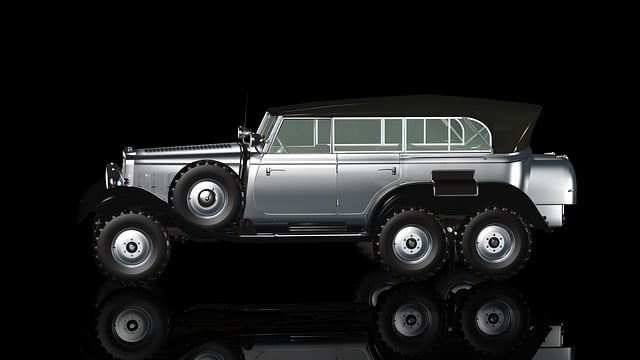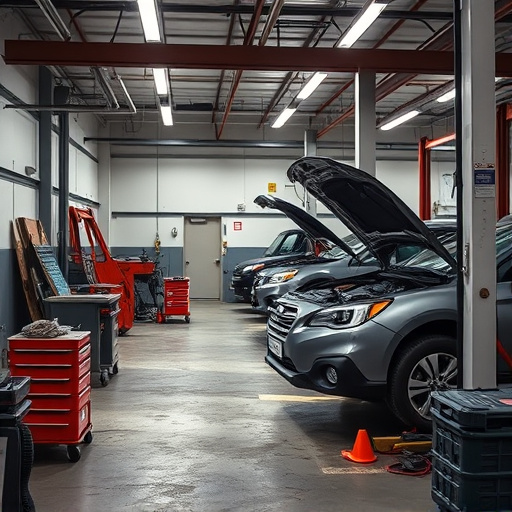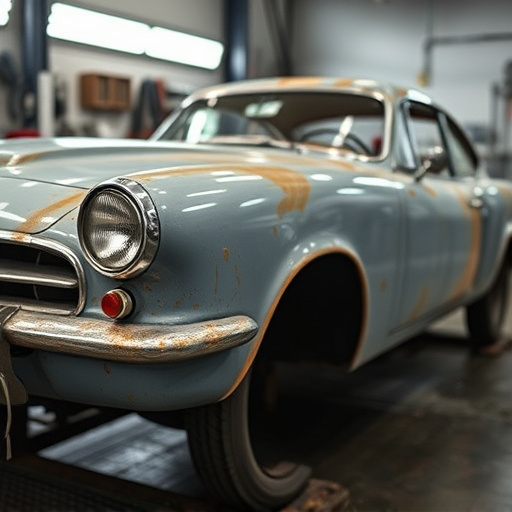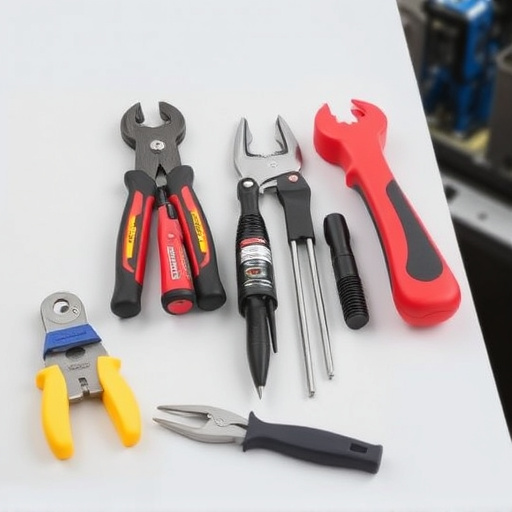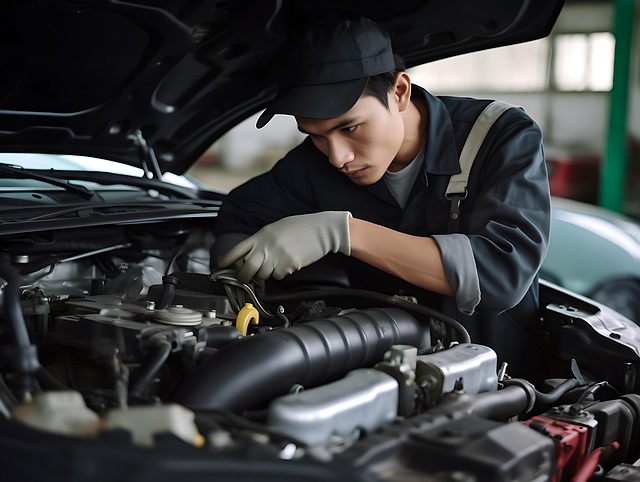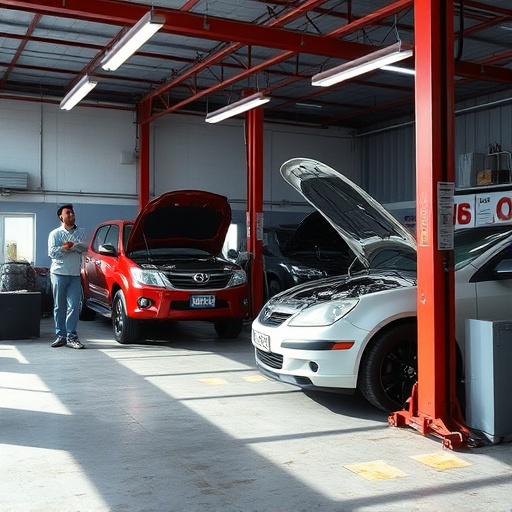Auto body moldings for hybrid and electric vehicles (EVs) are crucial for design, structural integrity, and protection. Their unique construction from lightweight materials requires specialized care and advanced molding techniques. Future developments aim for slimmer, more aerodynamic designs, enhancing fuel efficiency and sustainability while maintaining protective functions through specialized moldings.
Auto body moldings play a vital role in shaping the aesthetics and functionality of hybrid and electric vehicles (HEVs/EVs). As the EV market surges, understanding the unique design challenges and innovations in molding these vehicles is essential. This article explores the evolution of auto body moldings for HEVs and EVs, highlighting their benefits and predicting future trends. From addressing specific material considerations to enhancing structural integrity, discover how advanced molding techniques contribute to the overall performance and appeal of these cutting-edge vehicle models.
- Understanding Auto Body Moldings for Hybrids and EVs
- Design Challenges and Innovations in Electric Vehicle Molding
- Benefits and Future Trends of Hybrid/EV Body Moldings
Understanding Auto Body Moldings for Hybrids and EVs

Auto body moldings play a crucial role in shaping the exterior aesthetics of hybrid and electric vehicles (EVs). These precise components contribute to the unique design language of these cutting-edge automobiles, setting them apart from conventional internal combustion engine models. Understanding auto body moldings for hybrids and EVs involves recognizing their structural and visual importance. Not only do they enhance the vehicle’s overall look, but they also serve as protective barriers, safeguarding the underlying body panels from potential damage during collision repair shop visits or while navigating rough terrains.
In the realm of car body restoration, auto body moldings are integral to maintaining the integrity and value of hybrid and EV models. As these vehicles become increasingly popular for their eco-friendly features and advanced technology, proper care and maintenance, including timely replacement of moldings, are essential. Unlike traditional auto maintenance routines, hybrids and EVs may require specialized attention due to their unique construction and materials used in manufacturing, ensuring that collision repair shops equipped with skilled technicians can provide the best care for these innovative vehicles.
Design Challenges and Innovations in Electric Vehicle Molding
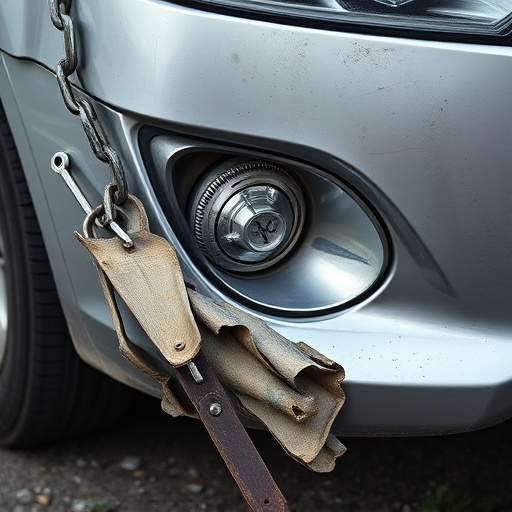
The design and manufacturing process of auto body moldings for hybrid and electric vehicles face unique challenges compared to traditional internal combustion engine models. One of the primary difficulties lies in the integration of lightweight materials, a key focus in electric vehicle (EV) design to enhance battery life and overall efficiency. Traditional auto body moldings, often made from heavy metal, need to be reimagined for EVs, which may incorporate advanced polymers or composite materials. These alternative materials present their own set of challenges, demanding innovative molding techniques that can maintain structural integrity while significantly reducing weight.
Additionally, the aesthetic demands of EV bodies require meticulous attention. Since repair and maintenance, including scratch repair and car paint repair services, are more complex in electric vehicles due to advanced coating technologies, auto body moldings must be designed with precision to ensure seamless blending with the vehicle’s overall design. Innovations in molding techniques, such as advanced injection molding or 3D printing, can help achieve these goals by offering greater flexibility in creating intricate designs while maintaining structural integrity and aesthetic perfection.
Benefits and Future Trends of Hybrid/EV Body Moldings
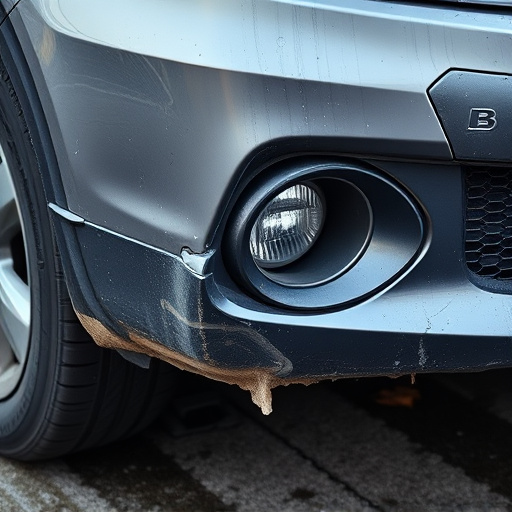
The integration of auto body moldings in hybrid and electric vehicles (HEVs) marks a significant evolution in automotive design and functionality. These advanced moldings offer numerous benefits, enhancing both the aesthetic appeal and structural integrity of these eco-friendly models. One key advantage is their ability to withstand extreme weather conditions without compromising durability, which is crucial for HEVs often exposed to diverse climates during their global journeys.
Looking ahead, the future of hybrid and electric vehicle body moldings presents exciting possibilities. With an increasing focus on sustainability and lightweight materials, manufacturers are exploring innovative designs that reduce weight while maintaining strength. Moreover, as these vehicles become more complex with advanced technology integration, specialized moldings will play a vital role in ensuring seamless assembly and protecting intricate systems from collision damage repair. This trend paves the way for even slimmer, more aerodynamic profiles, ultimately contributing to improved fuel efficiency and reduced environmental impact.
Auto body moldings play a vital role in shaping the aesthetic appeal and structural integrity of hybrid and electric vehicles. As these vehicle models continue to gain popularity, ongoing innovations in molding technology will be crucial to address unique design challenges, enhance efficiency, and reduce costs. The future of auto body moldings for hybrids and EVs looks bright, with advanced materials and manufacturing techniques poised to revolutionize the industry.


